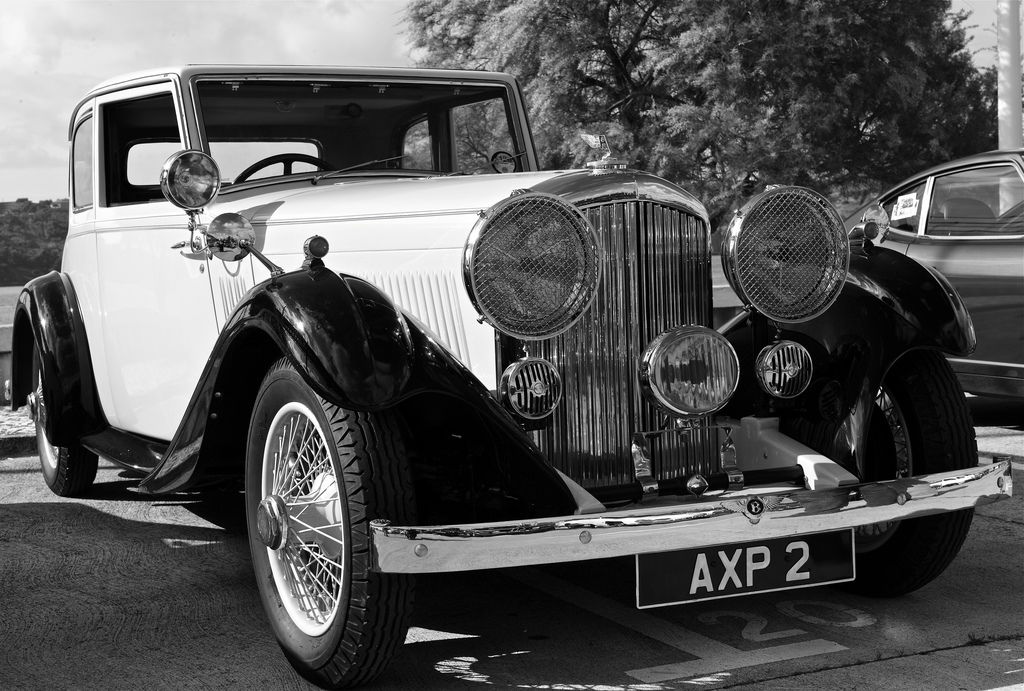5 intriguing Facts About Bentley

England has a rich history of classic car brands, such as Mini, Aston Martin and Jaguar. Another recognisable marque is Bentley. Founded in 1919, Bentley made a name for itself on the racing circuit by winning the 24 Hours Le Mans in 1924, 1927, 1928, 1929 and 1930. The marque has produced prominent models like the Bentley Speed Six and Continental GT. Bentley’s history is filled with interesting stories, and here are some facts you might not have known.
Introducing the Bentley Boys
A big reason why Bentley became so popular was because of the Bentley Boys. They were a group of rich, British motorists who raced the cars in the 1920s and promoted them among the social elite. The group consisted of Woolf Barnato, aviator Glen Kidston, Sir Henry Birkin, Dr Dudley Benjafield, steeplechaser George Duller and car journalist Sammy Davis. Interestingly, many of them came from a military background.
One of the Bentley Boys was a hero
Aviator and racer Glen Kidston had a death-defying reputation. Before he was a racer, Kidston served as a Lieutenant Commander in the Royal Navy, serving in various submarines. When serving on the X1, the submarine embedded itself on the seabed because the gauges were faulty. He managed to get the gauges working again.In 1929, Kidston was travelling from Croydon to Amsterdam in a German airliner. The plane crashed but Kidston kicked out the fuselage while the plan was on fire. He put himself out in wet grass and went back into the plane to help his fellow traveller Prince Eugen von Schaumburg-Lippe.Although the Prince died from his burns, Kidston fought through a mile of woodland at night to get help. When he flagged a motorist down, his clothes were still smoking. Kidston was hospitalised with extensive burns and survived to tell the tale.
W.O Bentley created a mantra for American muscle cars
For the Bentley 4.5-litre engine, W.O Bentley came up with the slogan “there’s no replacement for displacement.” The engine was more powerful than the 3-litre and it was meant to be a criticism against supercharging. This slogan was adopted by American muscle car enthusiasts for decades.
Bentley got bought out by Rolls-Royce
Another Bentley Boy, Woolf Barnato, was approached to finance the company and he became the boss. He decided against renewing his investment in 1931 because of the European recession, leading to Bentley being purchased by their rivals Rolls-Royce.
Bentleys and Rolls-Royces became one and the same
For sixty years, Bentleys were based on Rolls-Royce models. For example, Derby Bentleys were a combination of a Bentley engine and Rolls-Royce chassis.


